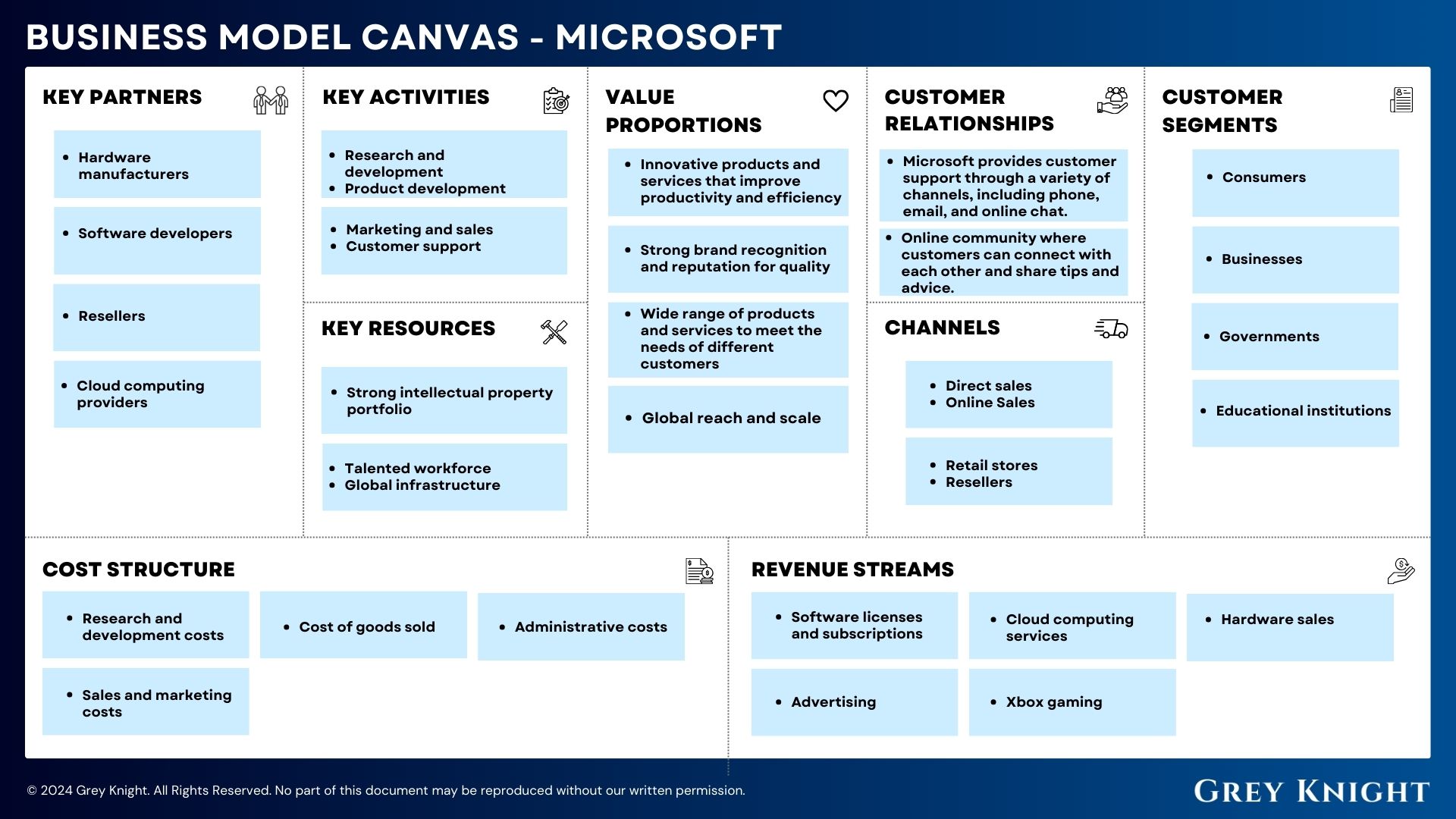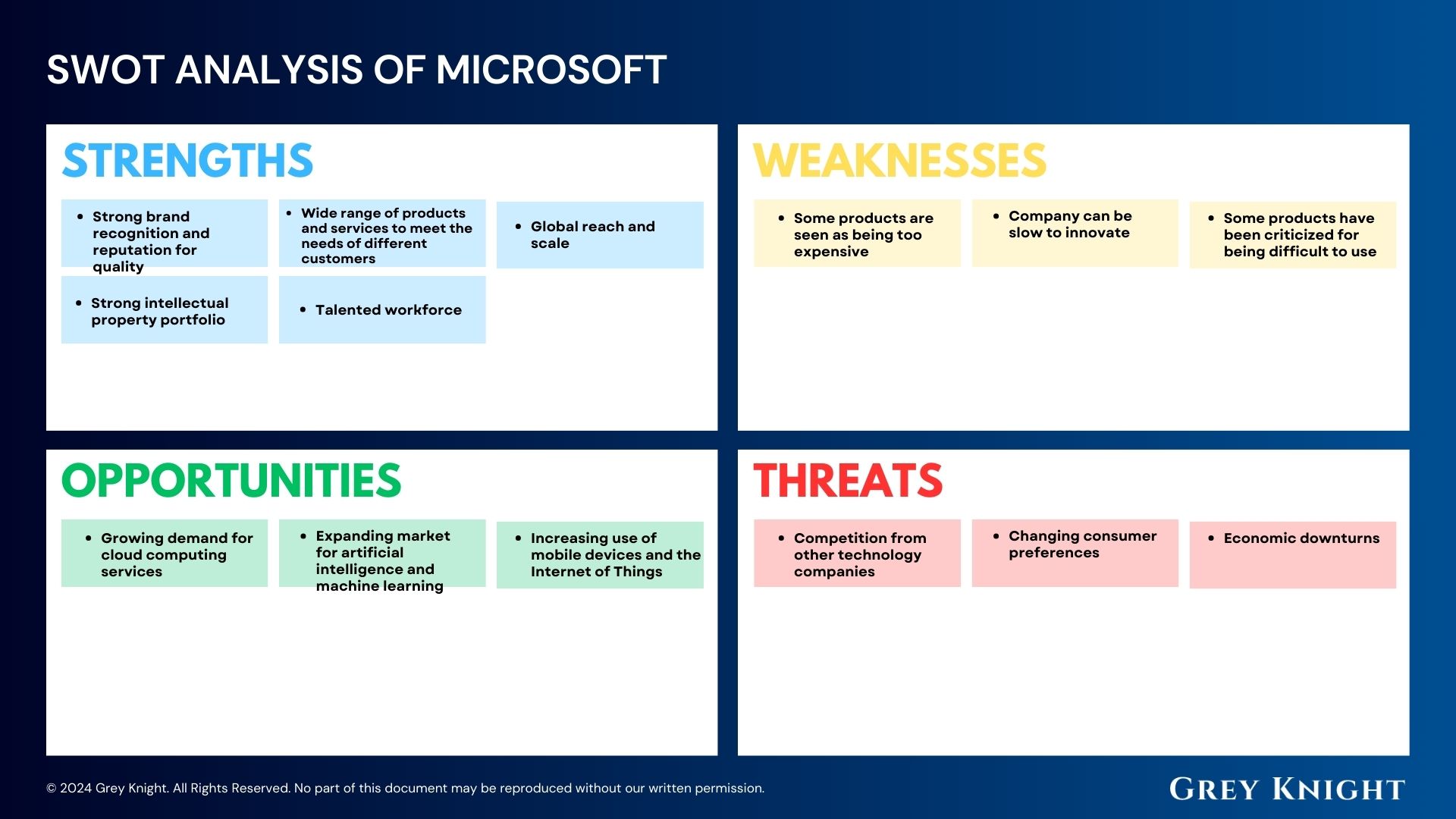Table of Contents
ToggleA Brief History of Walmart
Walmart Inc. was founded by Sam Walton in 1962 in Rogers, Arkansas. It started as a small discount store, but quickly grew into a retail powerhouse, with an emphasis on low prices and efficient operations.
In the 1970s, Walmart began to expand rapidly, opening stores in rural areas and small towns across the United States. The company also introduced its “Everyday Low Prices” strategy, which became a key part of its brand identity.
Throughout the 1980s and 1990s, Walmart continued to grow, both in the United States and internationally. It expanded its product offerings to include groceries, electronics, and clothing, among other things and also developed a reputation for its efficient supply chain and logistics operations.
In the 2000s, Walmart faced criticism for its labor practices and impact on small businesses, but it continued to grow and expand, including launching its e-commerce division and acquiring other retail brands.
Today, Walmart is one of the largest retailers in the world, with thousands of stores in the United States and around the globe. The company continues to focus on low prices and efficient operations, while also increasing its investment in e-commerce and sustainability initiatives.
Who Owns Walmart?
Walmart Inc. is a publicly traded company, and as such, it is owned by its shareholders. The top 10 shareholders as of the latest available information are as follows:
1. Walton family – The descendants of Walmart’s founder, Sam Walton, collectively own a significant portion of the company’s shares.
2. Vanguard Group – This investment management company is one of the largest shareholders of Walmart Inc.
3. BlackRock Inc. – Another major investment management firm that holds a significant stake in the company.
4. State Street Corporation – This financial services company is among the top shareholders of Walmart Inc.
5. Bank of America Corporation – The banking and financial services giant also owns a significant portion of the company’s shares.
6. Northern Trust Corporation – A leading provider of wealth management and asset servicing also holds a substantial stake in Walmart Inc.
7. Berkshire Hathaway Inc. – The multinational conglomerate headed by renowned investor Warren Buffett is among the top shareholders of the company.
8. Fidelity Investments – This investment management firm is also a major shareholder of Walmart Inc.
9. Geode Capital Management – Another prominent investment management company that holds a significant stake in the company.
10. T. Rowe Price Associates – This global investment management firm is also among the top shareholders of Walmart Inc.
Walmart Mission Statement
Walmart Inc.’s mission statement is to help people save money so they can live better. This reflects the company’s focus on providing affordable products and services to its customers, as well as its goal of improving the quality of life for its customers through cost savings. This mission statement also encompasses Walmart’s commitment to offering a wide range of products and services to meet the diverse needs of its customers.
How Walmart Makes Money?
Walmart Inc. operates a retail business model that profits primarily from the sale of a wide variety of products and services to consumers. The company generates revenue through the sale of groceries, household goods, electronics, clothing, and other merchandise through its physical and online store channels. Additionally, Walmart offers financial services, such as money transfers and prepaid cards, which also contribute to its revenue stream. The company also earns income from membership fees through its Walmart+ subscription program, and advertising and fulfillment services through its e-commerce platform. Overall, Walmart’s business model is centered around offering a one-stop shop for a diverse range of products and services, ultimately driving revenue through these sales channels.
Walmart’s Business Model Canvas
The Business Model Canvas is a strategic management tool that provides a visual representation of a company’s business model. It highlights the key components of a business, such as its customer segments, value propositions, channels, customer relationships, revenue streams, key resources, key activities, key partners, and cost structure. In this Business Model Canvas for Walmart Inc., we will analyze how the retail giant operates in each of these areas.
Customer Segments:
– Walmart Inc. primarily targets consumers from diverse demographic segments, including low to middle-income families, as well as higher-income customers looking for quality goods at competitive prices.
– The company also caters to small business owners and wholesalers through its Walmart Marketplace.
Value Propositions:
– Walmart provides customers with a one-stop shopping experience for a wide range of products at competitive prices.
– The retailer also offers convenience through its physical stores and online platform, as well as various services such as pharmacy, money transfers, and grocery pickup and delivery.
Channels:
– Walmart operates a vast network of physical stores across the United States and internationally, as well as a robust e-commerce platform.
– The company utilizes a multichannel approach to reach customers through advertising, promotions, and customer outreach programs.
Customer Relationships:
– Walmart fosters customer relationships through personalized marketing and promotions, as well as customer service both in-store and online.
– The retailer also focuses on providing a seamless shopping experience and actively seeks feedback to improve its offerings.
Revenue Streams:
– Walmart generates revenue from retail sales of a wide range of products, including groceries, household items, electronics, and apparel.
– The company also earns revenue from various services such as financial services, pharmacy, and Walmart Marketplace fees.
Key Resources:
– Walmart’s key resources include its extensive network of physical stores, e-commerce infrastructure, distribution centers, and supply chain operations.
– The company also relies on its brand reputation, customer data, and technological resources.
Key Activities:
– Walmart’s key activities include product sourcing, inventory management, marketing and advertising, store operations, and e-commerce development.
– The company also focuses on customer service and community engagement activities.
Key Partners:
– Walmart works with a wide range of suppliers, manufacturers, and distributors to source its products.
– The company also collaborates with financial institutions, technology providers, and other service providers to support its operations.
Cost Structure:
– Walmart’s cost structure includes expenses related to sourcing and procurement, supply chain and logistics, store operations, marketing, and technology.
– The company also incurs costs related to its workforce, facility maintenance, and various administrative expenses.
Walmart’s Competitors
Walmart Inc. faces tough competition in the retail industry, with several major players vying for market share. Some of its top competitors include Amazon, Costco, Target, Kroger, and Home Depot. These companies offer a range of products and services that compete with Walmart’s various offerings, and each has a strong presence in the retail market. However, Walmart’s extensive global reach and diverse product lines continue to position it as a formidable contender in the industry.
Walmart SWOT Analysis
Strengths:
1. Strong brand recognition and global presence
2. Vast network of stores and distribution centers
3. Diverse product offerings and strong supply chain management
4. Low prices and economies of scale
5. Strong financial performance and profitability
Weaknesses:
1. Negative public perception and labor issues
2. Limited focus on e-commerce and digital capabilities
3. Competition from online retailers and discount stores
4. Dependence on a few key suppliers
5. Environmental and sustainability challenges
Opportunities:
1. Expansion into international markets and emerging economies
2. Growth in e-commerce and online grocery sales
3. Diversification of product offerings and services
4. Acquisitions and strategic partnerships
5. Focus on sustainability and green initiatives
Threats:
1. Intense competition and market saturation
2. Economic downturn and consumer spending shifts
3. Regulatory and legal challenges
4. Impact of COVID-19 and potential future health crises
5. Disruption from technology and changing consumer preferences.
Concluding Analysis
So, after looking at Walmart Inc.’s business model, it’s clear that the company’s focus on low prices, operational efficiency, and leveraging its massive scale for competitive advantage has positioned it as a dominant force in the retail industry. As an analyst, I believe that Walmart will continue to thrive in the future, especially as it expands its e-commerce presence and embraces new technologies. With a strong foundation and a relentless commitment to meeting customer needs, Walmart is well-equipped to navigate the ever-changing business landscape and remain a key player in the global marketplace.
Additional Resources
To keep learning and advancing your career, we highly recommend these additional resources:
Business Model Canvas of The Top 1,000 Largest Companies by Market Cap in 2024
A List of 1000 Venture Capital Firms & Investors with LinkedIn Profiles
Peter Thiel and the 16 Unicorns: The Legacy of Thiel Fellowship












